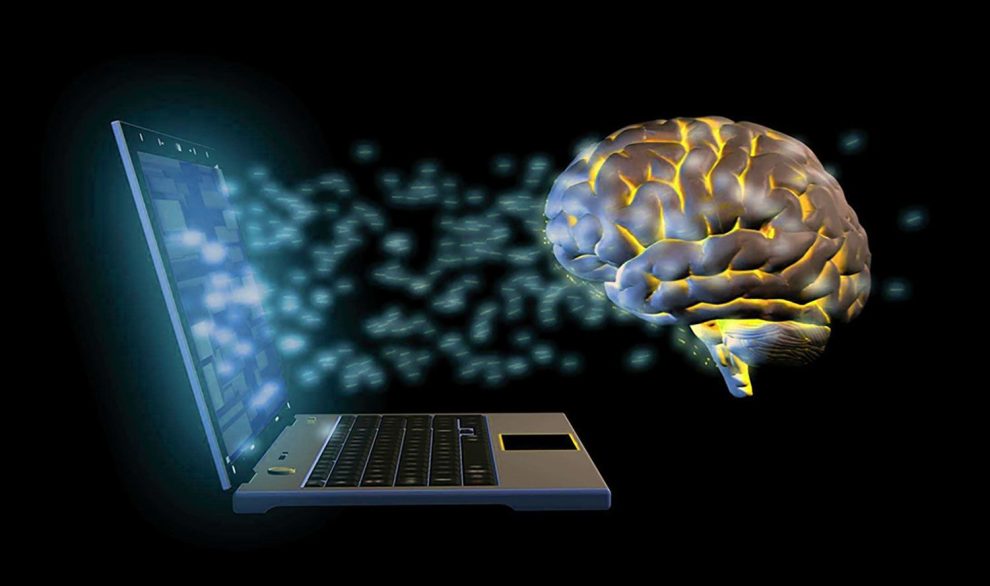Ah, brain-computer interfaces (BCIs) – they’re the fascinating frontier where neuroscience meets technology, promising to bridge the gap between our minds and machines. It’s a field brimming with potential, sparking excitement and ethical questions in equal measure. Let’s dive into the realm of BCIs:

What are BCIs?
Imagine controlling a computer cursor or a robotic arm simply by thinking about it. That’s what BCIs do! They translate brain activity into commands for external devices, bypassing the need for muscle movement. This can be achieved through various methods, including:
- Electroencephalography (EEG): Measures electrical activity from the scalp.
- Magnetoencephalography (MEG): Measures magnetic fields produced by brain activity.
- Electrocorticography (ECoG): Places electrodes directly on the surface of the brain.
- Intracranial BCIs: Implants electrodes within the brain.
What are the possibilities?
BCIs have a wide range of potential applications, including:
- Restoring functionality: Helping people with paralysis regain control of limbs or prosthetics.
- Communication: Enabling nonverbal communication for people with speech impairments.
- Entertainment and gaming: Controlling virtual reality experiences or video games with your thoughts.
- Medical applications: Assisting with rehabilitation after stroke or spinal cord injury, or controlling neuroprosthetic devices for therapeutic purposes.
- Brain-computer augmentation: Enhancing cognitive abilities like memory, attention, and learning.
Challenges and Ethical Considerations
While the potential is immense, BCIs raise important ethical questions:
- Privacy and security: How will brain data be collected, stored, and used?
- Accessibility: Who will have access to this technology, and could it exacerbate existing inequalities?
- Agency and autonomy: Does using a BCI compromise our free will or sense of self?
- Unforeseen consequences: What are the long-term impacts of directly interfacing with the brain?
These are complex questions that require careful consideration and robust ethical frameworks to ensure responsible development and use of BCI technology.
The Future of BCIs
Despite the challenges, the future of BCIs is promising. Advancements in technology and ongoing research are continuously pushing the boundaries of what’s possible. While they may not yet be fully realized, BCIs have the potential to revolutionize various aspects of our lives, blurring the lines between human and machine in fascinating ways.
BCIs exemplify the old adage “with great power comes great responsibility.” As the technology progresses, we must thoughtfully consider both its benefits and risks, crafting policies and safeguards to steer it toward the greater good. If we can achieve this balance, BCIs could profoundly improve life for many people.
The melding of mind and machine is no longer just the stuff of science fiction. Brain-computer interfaces are ushering us toward a future that, while not without challenges, brims with possibilities to enrich human capability and connectivity. The brain’s plasticity gives us an amazing platform to work with; now we begin carefully sculpting its integration with technology to elevate all of humanity. Yes, BCIs evoke excitement and ethics in equal measure – and rightfully so. Our task is guiding progress through the prism of our principles as we unveil this thrilling frontier together.
















Add Comment